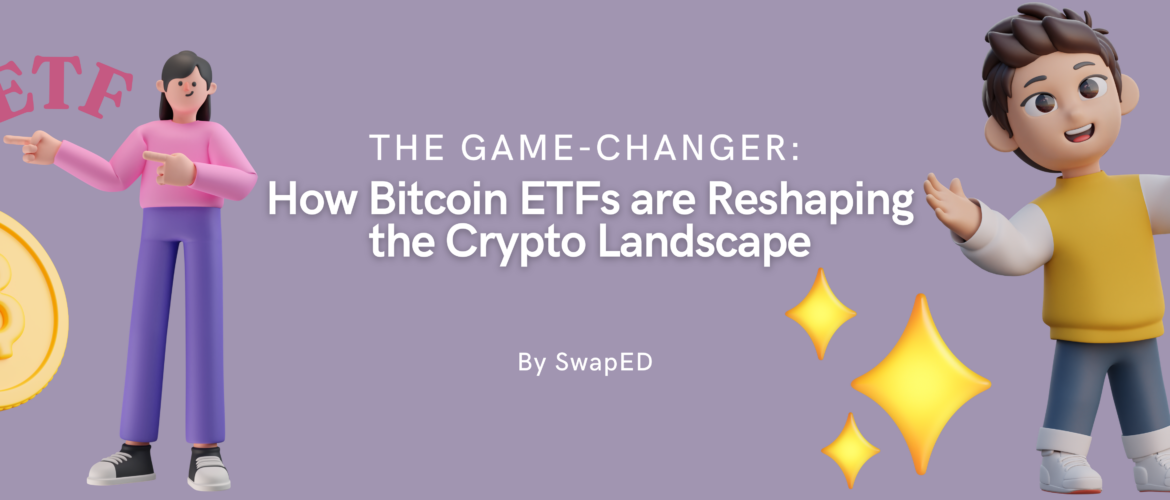
In the age of surveillance capitalism and platform monopolies, a quiet revolution is reshaping the fabric of our digital and economic lives. Welcome to the Decentralized Network Economy-a model powered by blockchain technology and, more specifically, by Ethereum and its Ethereum Virtual Machine (EVM). What began as an extension of Bitcoin’s vision is now a full-fledged architecture for a borderless, trustless, and programmable economy.
This isn't just about digital currencies anymore. It’s about rebuilding the internet, rethinking trust, and eliminating the need for traditional intermediaries in everything from banking and art to gaming and governance.
The Ethereum Virtual Machine: The Internet’s New Operating System
At the heart of this transformation is the Ethereum Virtual Machine (EVM)—a decentralized, Turing-complete computing environment that executes smart contracts across thousands of nodes. Think of the EVM as a global supercomputer where programs (smart contracts) execute in a consistent, tamper-proof way, regardless of who is running them or where they are located.
The EVM allows developers to build decentralized applications (dApps) that are open-source, autonomous, and censorship-resistant. These range from financial protocols like Uniswap, to NFT marketplaces like OpenSea, to wallets like MetaMask that serve as gateways to this new economy.
By offering composability, the EVM allows developers to build complex applications by stacking reusable, interoperable code components—much like Lego bricks. This has accelerated innovation across sectors.
Smart Contracts: The Trust Machine
One of Ethereum's most transformative features is the smart contract—a self-executing agreement coded directly into the blockchain. These contracts replace the need for third-party enforcement, lawyers, or banks. Once the conditions coded into the contract are met, the outcome is automatically triggered.
Take, for example, a digital rental agreement. A smart contract can manage the terms of a lease: if the renter sends crypto by a certain date, the contract releases a digital key; if not, the funds are returned. There's no room for manipulation or human error, and all actions are publicly verifiable.
Smart contracts are also powering NFT-collateralized loans, decentralized insurance, and automated supply chains-creating a new standard of trust and efficiency in digital transactions.
DeFi, NFTs, and More: The Rise of EVM-Based Economies
Ethereum has catalyzed the rise of Decentralized Finance (DeFi)-an open financial system where users can lend, borrow, trade, and earn interest without banks. It’s inclusive, always-on, and governed by transparent rules encoded in smart contracts.
Additionally, Ethereum supports Non-Fungible Tokens (NFTs), which represent unique digital ownership-from art and music to real estate and identity. NFTs are increasingly used as collateral, credentials, and proof of provenance, unlocking new use cases in both digital and physical domains.
Other economic primitives like staking, governance tokens, and programmable DAOs (Decentralized Autonomous Organizations) are building blocks of a new kind of socio-economic coordination that transcends borders and centralized institutions.
Challenges on the Road to Decentralization
Despite the immense potential, Ethereum’s path is not without hurdles. High gas fees, scalability bottlenecks, vulnerabilities in smart contracts, and regulatory ambiguity pose real risks to mass adoption.
The infamous DAO hack of 2016-where a flaw in the code led to the loss of $60 million-serves as a cautionary tale. Moreover, Ethereum’s immutability means that once code is deployed, it can’t be altered, making rigorous testing essential.
That said, advancements like Layer 2 solutions (e.g., Optimistic Rollups and zk-Rollups), formal verification of smart contracts, and ecosystem-wide audits are rapidly addressing these limitations. Ethereum's recent shift to Proof-of-Stake (PoS) has also improved energy efficiency and network security.
Web3 and the Future: A User-Owned Internet
We are witnessing a fundamental shift from Web2, where users are the product, to Web3, where users are the stakeholders. In Web3, data is owned by individuals, governance is distributed, and value accrues to communities rather than corporations.
dApps, running on the EVM, exemplify this paradigm. They operate on decentralized backends, leverage community tokens for governance, and foster digital sovereignty. Whether it's a social media platform where users earn tokens for contributing, or a ride-sharing dApp without Uber in the middle, Web3 is redefining participation and ownership online.
The Road Ahead
Ethereum is more than a blockchain-it's the foundation for a programmable economy. With its open architecture and global developer community, it continues to drive the evolution of decentralized applications and digital assets.
The decentralized networked economy is not just a technological shift-it's a philosophical revolution. One that moves us from institutions to protocols, from opacity to transparency, and from rent-seeking intermediaries to code-enforced fairness.
Whether you're a developer, investor, policymaker, or just a curious digital citizen—now is the time to engage. Because the internet of the future is being built today, and it’s decentralized by design.
Ready to dive deeper into the EVM economy?
Explore top dApps at DappRadar or start building your own smart contracts at ethereum.org.
SwapED
Categories
Recent posts


Revolutionizing Governance: The Rise of ...
8 Oct 2024
The Game-Changer: How Bitcoin ETFs are ...
8 Oct 2024
Navigating the Web3 Wave: A Beginner’s ...
8 Oct 2024
Unleashing the Power of Smart Contracts: ...
28 Aug 2024🚀 Get 20% OFF Your Subscription!

Join SwapED today and save 20% on all plans. Use Code SWAPED20 at checkout.



